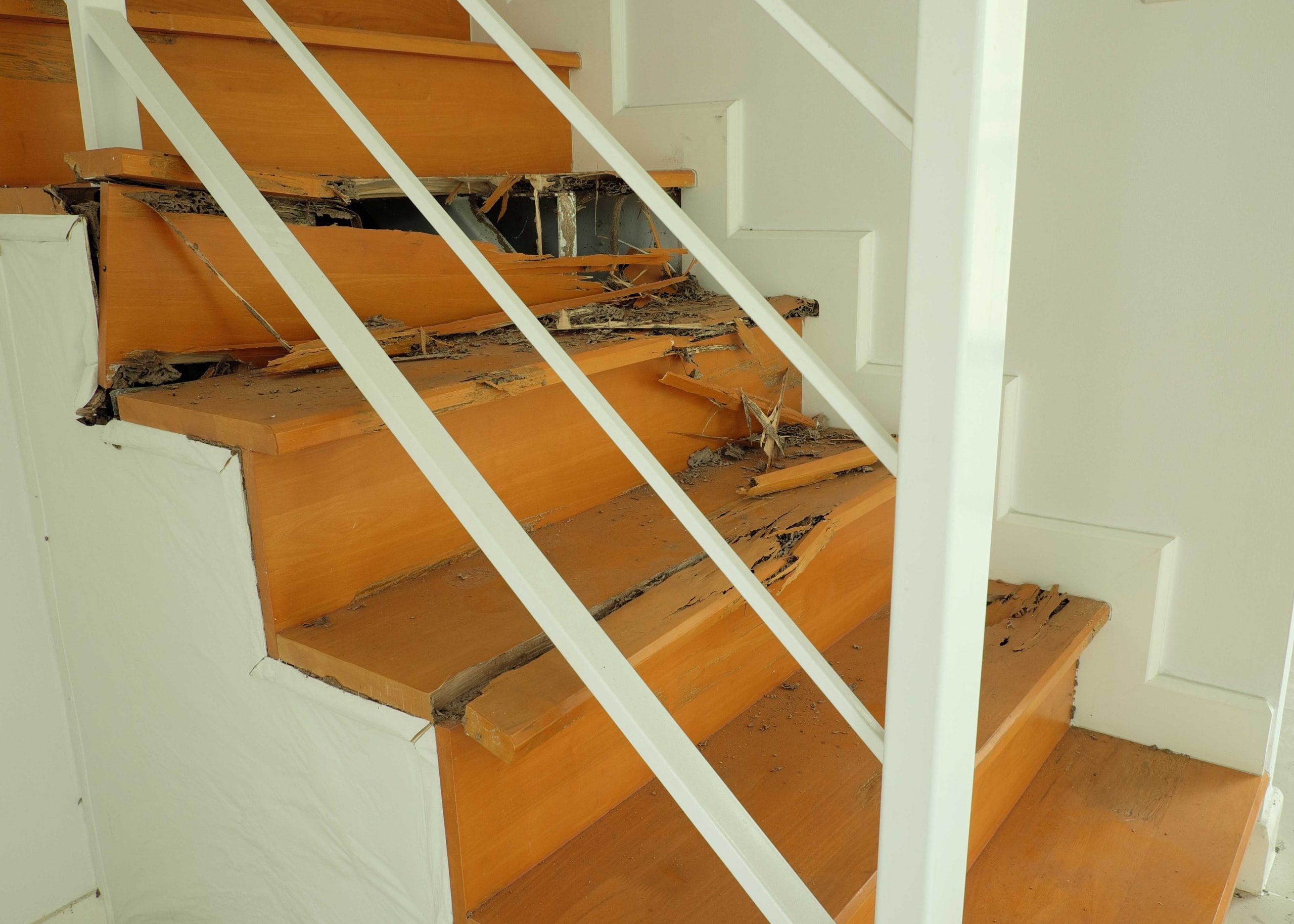Specialized experts in termite removal in Clearwater
Termites: The Silent Destroyers
Termites, often referred to as “white ants,” are social insects that can wreak havoc on your property if left unchecked. They silently invade your home, feeding on the cellulose-rich wood that forms the structure. Detecting their presence can be challenging, as they often remain hidden within the wood, causing significant damage before being discovered.
Understanding Termites
Termites belong to the order Isoptera and are closely related to cockroaches. They live in colonies with distinct castes, each serving a specific role. The worker termites are responsible for foraging and feeding the colony, while the soldiers defend the nest from intruders.
Types of Termites
In the United States, there are two primary types of termites: subterranean termites and drywood termites. * Subterranean Termites: These termites live underground and build nests in the soil or wood in contact with the ground. They require access to moisture, so they often enter homes through cracks in the foundation or through wood that is in contact with the soil. * Drywood Termites: Unlike subterranean termites, drywood termites do not need access to soil. They infest dry wood and can be found in attics, walls, and furniture. They are less common than subterranean termites but can cause significant damage if left untreated.
Signs of Termite Infestation
Detecting a termite infestation can be challenging, but there are several signs to look out for: * Mud Tubes: Subterranean termites build mud tubes to travel between their nest and food sources. These tubes may be visible on walls, foundations, or other areas near the ground. * Wood Damage: Termites eat wood from the inside out, leaving behind a papery or honeycomb-like appearance. You may notice soft or damaged wood in structural areas of your home. * Termite Swarmers: During the swarming season, termites with wings may appear near windows or doors. Swarmers are reproductive termites that leave the colony to establish new nests. * Frass: Termite droppings, known as frass, can resemble small wood pellets or sawdust. They are often found near areas where termites are active.
Consequences of Termite Infestation
Termite infestations can lead to serious consequences if not addressed promptly: * Structural Damage: Termites can weaken the structural integrity of your home, causing walls to buckle, floors to sag, and roofs to collapse. * Financial Losses: Termite damage can be costly to repair, with treatment and repairs often exceeding thousands of dollars. * Health Risks: Although termites do not directly transmit diseases to humans, their presence can trigger allergic reactions and respiratory problems in some individuals.
Protecting Your Home from Termites
Several steps can be taken to protect your home from termites: * Keep Moisture Away: Repair any leaks or moisture problems around your property to eliminate potential sources of moisture for subterranean termites. * Remove Wood Contact: Keep firewood and other wood products away from the foundation of your home to prevent drywood termites from accessing your home. * Inspect Regularly: Perform thorough inspections of your home for signs of termite activity. Check for mud tubes, wood damage, or termite swarmers. * Professional Termite Control: If you suspect a termite infestation, contact a licensed termite control specialist immediately. They can identify the type of termites, determine the extent of the infestation, and recommend the appropriate treatment options.
Importance of Professional Termite Control
Termite control should be undertaken by trained professionals who have the knowledge and experience to effectively eliminate infestations. DIY methods may not be effective and can potentially worsen the problem. Professional termite control companies use specialized techniques and products to target and eliminate termite colonies.
Conclusion
Termites can pose a significant threat to your home and property, silently causing damage that can weaken its structural integrity and lead to costly repairs. By understanding the signs of termite infestation and implementing preventive measures, you can protect your home from these destructive pests. If you suspect a termite infestation, do not hesitate to contact a licensed termite control specialist to address the issue promptly and effectively.

Get your fast, local termite control estimate
1. Call our team or complete our estimate form to schedule a termite inspection
Our calls and form completions are completely free to you. You will only be charged if you decide to work with one of our professional pest control service experts. Our termite removal contractors have years of experience and are knowledgeable in identifying and treating termite infestations. You can feel confident that your home will be in great hands with one of our network professionals.
2. Connect with a local Clearwater, Florida termite removal expert
Completing our form is a great option if you’re busy and want someone to get back to you at a later time. A call will connect you with a termite removal professional quicker. Receive your competitive estimate; often, you can receive an estimate right on the phone call, and sometimes a little more discovery is involved, and the termite removal expert might want to do some basic inspections before giving the estimate.
3. Don’t wait until it’s too late to protect your home from termites
Contact our network now to schedule a termite inspection and take the necessary steps to prevent and eliminate termite infestations. With our quality service and competitive prices, you can trust that your home is in good hands. Protect your home and your investment with professional termite removal services in Clearwater.